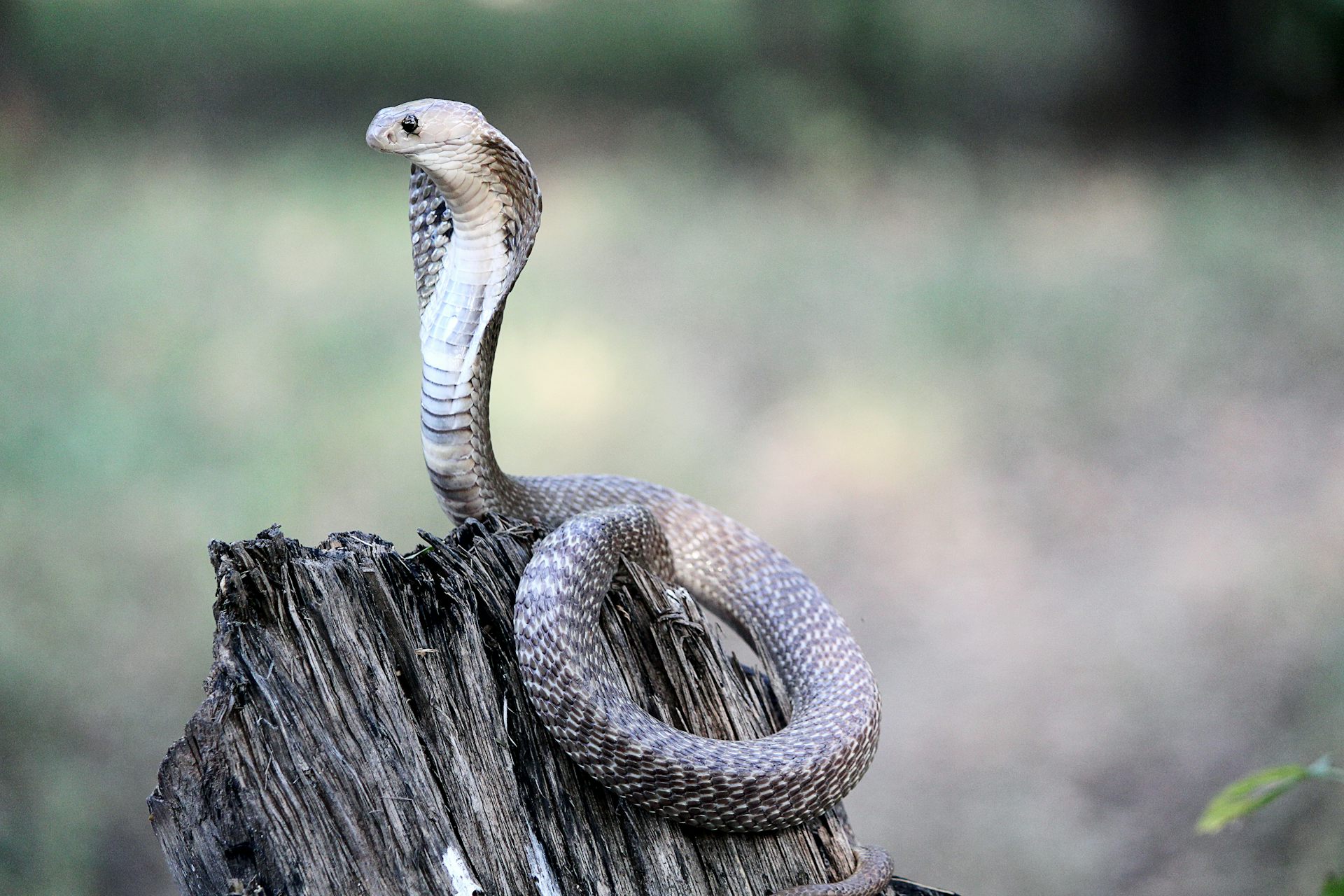Introduction
The tiger snake is one of Australia's most well-known reptiles, been afraid for its powerful poison and aggressive character. This interesting creature plays a vital role in the ecosystem, yet it often deals with misconceptions that bring about unneeded fear. In this detailed article, we will look into the globe of the tiger snake, discovering its environment, venom qualities, and necessary emergency treatment techniques in situation types of black snakes in Australia of a serpent bite.
Understanding the Tiger Serpent: Environment, Venom, and First Aid Essentials
Tiger snakes are mostly located along the southern coast of Australia, including Tasmania. They thrive in numerous settings such as wetlands, coastal regions, and even metropolitan locations. Their adaptability makes them successful killers; nevertheless, their closeness to human habitats frequently results in experiences that can cause bites.
This Red-bellied Black Snake - skillstrainingcollege.com.au post intends to demystify tiger snakes by reviewing their environment choices, analyzing their poison composition and results on humans, and supplying crucial first aid information for bites.
1. Tiger Serpent Environment: Where Do They Live?
1.1 Summary of Tiger Snake Distribution
Tiger snakes (Notechis scutatus) are mostly found in southern Australia and Tasmania. They populate numerous ecological communities ranging from coastal marshes to freshwater lakes.
- Coastal Regions: Tiger snakes are frequently seen near coastlines where they search for fish and amphibians. Wetlands: These locations supply enough concealing spots and bountiful prey. Urban Areas: As cities broaden right into all-natural environments, tiger serpents may be seen venturing into rural gardens or parks.
1.2 Preferred Environments of Tiger Snakes
Tiger snakes prefer damp atmospheres where water resources are easily offered. Their habitats normally consist of:
- Marshes: The thick plants allows them to ambush prey effectively. Swamps: These locations supply shelter from predators while providing an abundant searching ground. Riversides: Water bodies draw in several animals which work as food sources for these snakes.
1.3 Environmental Variables Affecting Environment Choice
Several aspects affect where tiger snakes select to live:
- Temperature: Being ectothermic (cold-blooded), they need warm environments for optimum activity levels. Prey Accessibility: High populations of frogs and little creatures bring in these snakes. Shelter: Thick plant life serves not just as camouflage however also as security versus potential threats.
2. Are Tiger Snakes Venomous? Recognizing Their Venom
2.1 Structure of Tiger Snake Venom
Yes! Tiger snakes are certainly poisonous animals. Their venom is a complicated blend including neurotoxins that can cause paralysis and coagulopathies impacting blood clot mechanisms.
Key Parts of Poison:
- Neurotoxins: Influence nerve function causing paralysis. Hemotoxins: Damages capillary triggering inner bleeding.
Understanding these parts helps Differences between Australian taipans and brown snakes us appreciate the strength of a tiger snake bite.
2.2 Results of a Tiger Snake Attack on Humans
A bite from a tiger serpent can lead to extreme signs and symptoms:
- Local Signs and symptoms: Discomfort, swelling, and staining at the bite site. Systemic Symptoms: Queasiness, throwing up, problem taking a breath because of paralysis or restriction of airways.
Severity Levels
Minor Bite: Localized discomfort without systemic symptoms. Moderate Bite: Systemic signs yet workable with clinical care. Severe Bite: Deadly; requires instant clinical intervention.3. Determining Various Sorts Of Tiger Snakes
3.1 Eastern vs Tasmanian Tiger Snakes
There are two main groups based upon geographical distribution:
Eastern Tiger Serpent (Notechis scutatus)
Found along eastern coasts up to Queensland.
Tasmanian Tiger Snake (Notechis scutatus)
Adapted particularly to Tasmania's unique setting with somewhat differing pigmentation patterns.
3.2 Color Variants in Environment Preferences
Tiger snakes display considerable shade variants depending upon their habitat:
- Coastal populations usually display stripes or spots for better camouflage versus sandy shores.
4. Habits Patterns of Tiger Snakes
4.1 Aggression Level
Tiger serpents are known for their aggressive habits when intimidated or caught which can bring about defensive strikes if provoked.

4.2 Hunting Techniques
They possess amazing agility permitting them to strike swiftly at prey such as frogs or little rodents generally throughout twilight hours when they're most energetic-- making them nocturnal hunters!
5. Emergency Treatment for Snake Bites: Important Steps You Have To Know
When it pertains to handling serpent attacks, knowledge is vital!

5.1 Immediate Actions After a Bite
If bitten by a tiger serpent:
Stay tranquility! Panic enhances heart price which spreads out venom much faster through your bloodstream.
Apply pressure around the wound making use of tidy towels-- prevent reducing or drawing out venom!
Remove tight clothing/jewelry near the bite website; swelling might happen rapidly.
Immobilize the affected limb using splints if possible-- this limits movement helping decrease venom spread!
5.2 Obtaining Clinical Help
Seek emergency situation medical aid instantly! Time is crucial when dealing with potential envenomation from tiger snakes!
5.3 First Aid Kit Basics for Snake Bites
Having a well-equipped first aid set can make all the difference during emergencies:
|Product|Description|| ------|-------------|| Pressure Plaster|Assists immobilize injury|| Sterilized Gauze|For clothing wounds|| Emergency Contact Info|Quick access numbers|| Antivenom Information|Expertise concerning local antivenoms|
6 FAQs Concerning Tiger Snakes
Q1: Are all tiger snakes dangerous?
A: While all have poisonous capacities influencing humans dramatically-- most like avoidance unless threatened!
Q2: Exactly how quickly does tiger serpent venom affect humans?
A: Signs and symptoms may show up within mins depending upon area & & quantity injected throughout envenomation events!
Q3: Can you make it through a tiger snake bite without treatment?
A: Without treatment bites can be fatal because of rapid progression; immediate healthcare is crucial!

Q4: What must I do if I encounter one?
A: Keep range & & back away gradually; stay clear of sudden activities that may prompt aggression!
Q5: How typical are bites from tiger snakes?
A: Although experiences take place regularly-- real attacks stay fairly uncommon due mainly due precautionary actions taken by residents living within impacted ranges.
Q6: Is there an antidote available?
A: Yes! Antivenoms specific for Australian species exist-- medical centers carry these medications ready when required urgently post-bite incidents!
7 Conclusion
Understanding the ins and outs surrounding "Recognizing the Tiger Snake: Habitat, Poison, and First Aid Fundamentals" is extremely important not only for personal security however likewise promoting coexistence with these remarkable animals living in Australia's landscape! By finding out more regarding their actions & & effective action techniques pertaining to prospective encounters-- we outfit ourselves better against unnecessary concerns while appreciating nature's diversity totally! So let's accept education and learning rather are afraid-- it leads towards consistency in between humanity wildlife alike!